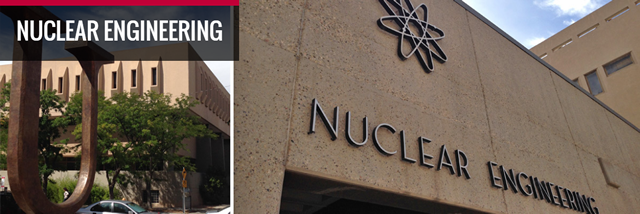
Nuclear Engineering ETDs
Publication Date
Fall 11-14-2017
Abstract
Typically, the staff of a nonreactor nuclear facility or a processing facility involving nuclear material are not expected to have a strong technical background in nuclear criticality physics, as that is not the purpose of these sites, yet handle material with the potential to undergo a criticality excursion. Such excursions have occurred 22 times in the past, 21 of which involved an aqueous solution material. Therefore, it would be useful to have a general model capable of providing a quick estimation of the consequences of a criticality excursion in a processing plant. To this end, correlations developed utilizing experimental data from previous tests were analyzed, from which it was determined that two bounding empirical correlations are applicable to such a system with a relatively high degree of accuracy. Additionally, a computational model was adapted using Monte Carlo nuclear physics and a time- and volume-element discretization scheme. This model was used to predict the evolution and estimate the consequences of first-pulse excursions from both a SILENE experimental excursion and the historical Wood River Junction accident. The model was able to predict the power peak and total energy from the SILENE experiment when a pressure gradient damping factor was applied. Further work is needed to adequately account for the reactivity feedback from volume changes and balance the pressure effects with density effects.
Keywords
uranyl, nitrate, radiolytic, production, nucleation, fission
Document Type
Thesis
Language
English
Degree Name
Nuclear Engineering
Level of Degree
Masters
Department Name
Nuclear Engineering
First Committee Member (Chair)
Dr. Robert D. Busch
Second Committee Member
Dr. Cassiano R.E. de Oliveira
Third Committee Member
Dr. David L.Y. Louie
Recommended Citation
Skinner, Corey Michael. "Evaluation of Energy Released from Nuclear Criticality Excursions in Process Solutions." (2017). https://digitalrepository.unm.edu/ne_etds/65
